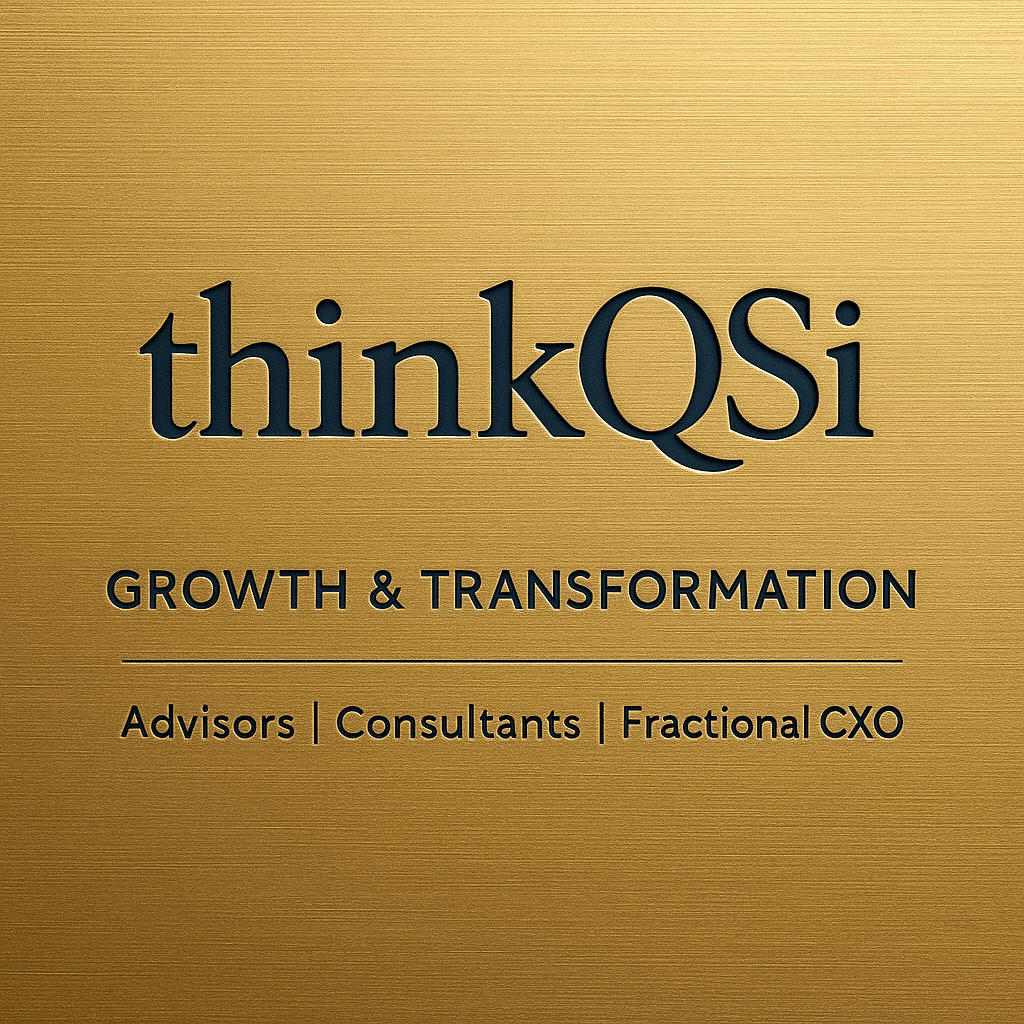Why You Can't Automate Chaos?
Why Assessment Is the First Step in Real Transformation?
When a company is in crisis—burning through talent, fighting fires, losing its edge—owners understandably want solutions fast. "Can you just start automating? Can you fix it now?" The truth is: you can't automate chaos. If you try, you only make the mess bigger, and more expensive.
The Case for Assessment
A proper assessment isn't a box to check. It's a deep dive that asks:
- What’s working?
- What’s broken?
- What processes drive customer experience from start to finish?
- How do people, systems, and data connect (or fail to connect)?
- What actually gets measured—and is it accurate, useful, and actionable?
Assessments analyze onboarding (for both employees and customers), annual reviews, marketing engines, vision and mission health, culture, business process flows, and more. They find not just the symptoms but the root causes—from copy-paste strategies to a vision no one can define.
The reality? You can't automate bottlenecks, silos, or bad habits. First, you clarify, diagnose, and design—then you optimize and automate.
Why Quick Fixes Fail?
- Automating confusion simply multiplies errors.
- Automating broken processes creates new blind spots—you don’t know what data to trust.
- In a hurry to do "digital transformation"? You risk scaling up what doesn't work, at speed.

Three Real-World Examples
1. Tech Startup
Problem: Rapid growth led to process chaos. The founder believed adding software would solve hiring issues and client onboarding delays.
Assessment Outcome: Mapped workflows revealed key steps missing—and duplicated across teams. Without a unified approach, data was unreliable, onboarding inconsistent, and churn rising.
Result After Assessment: Only after untangling roles, documenting the ideal client journey, and establishing onboarding standards was automation introduced—transforming chaos into a scalable business.
2. Legacy Manufacturer
Problem: Leadership wanted to automate production and inventory, but underlying communication breakdowns and unclear responsibility meant orders got lost, and rework was constant.
Assessment Outcome: Stakeholder interviews and process mapping showed that many tasks had no documented owner. The root issues weren't technology, but organizational alignment and accountability.
Result After Assessment: After restructuring processes and providing clear documentation, automation improved productivity and reduced delays—because it was built on solid foundations.
3. Professional Services Firm
Problem: High turnover, inconsistent client experience, and digital marketing spend with little return. Executives hoped new automation would “fix” everything.
Assessment Outcome: Discovered that employee onboarding was informal, marketing didn’t align with actual client needs, and KPIs were absent or outdated.
Result After Assessment: Only after refreshing the vision, redesigning onboarding, and rebuilding service delivery processes were automation tools brought in, driving lower turnover and increased profitability.
Your Call to Action
Don’t rush for a silver bullet. A rigorous assessment is not a delay tactic, it’s your foundation for sustainable change.
- Invest in understanding: process, culture, systems, pain points.
- Get everyone involved—change comes from within.
- Use the findings to address the right problems, in the right order.
If you’re ready to break free from firefighting and start leading real transformation, begin with a comprehensive assessment. It's not just the first step—it’s the step that guarantees all the others actually work.
---
Insights from Anwer Qureishi, Thought Leader & Entrepreneur
Ready to accelerate growth? Schedule a Consultation with Anwer Qureishi, Founder, Q&S International (ThinkQSi).
